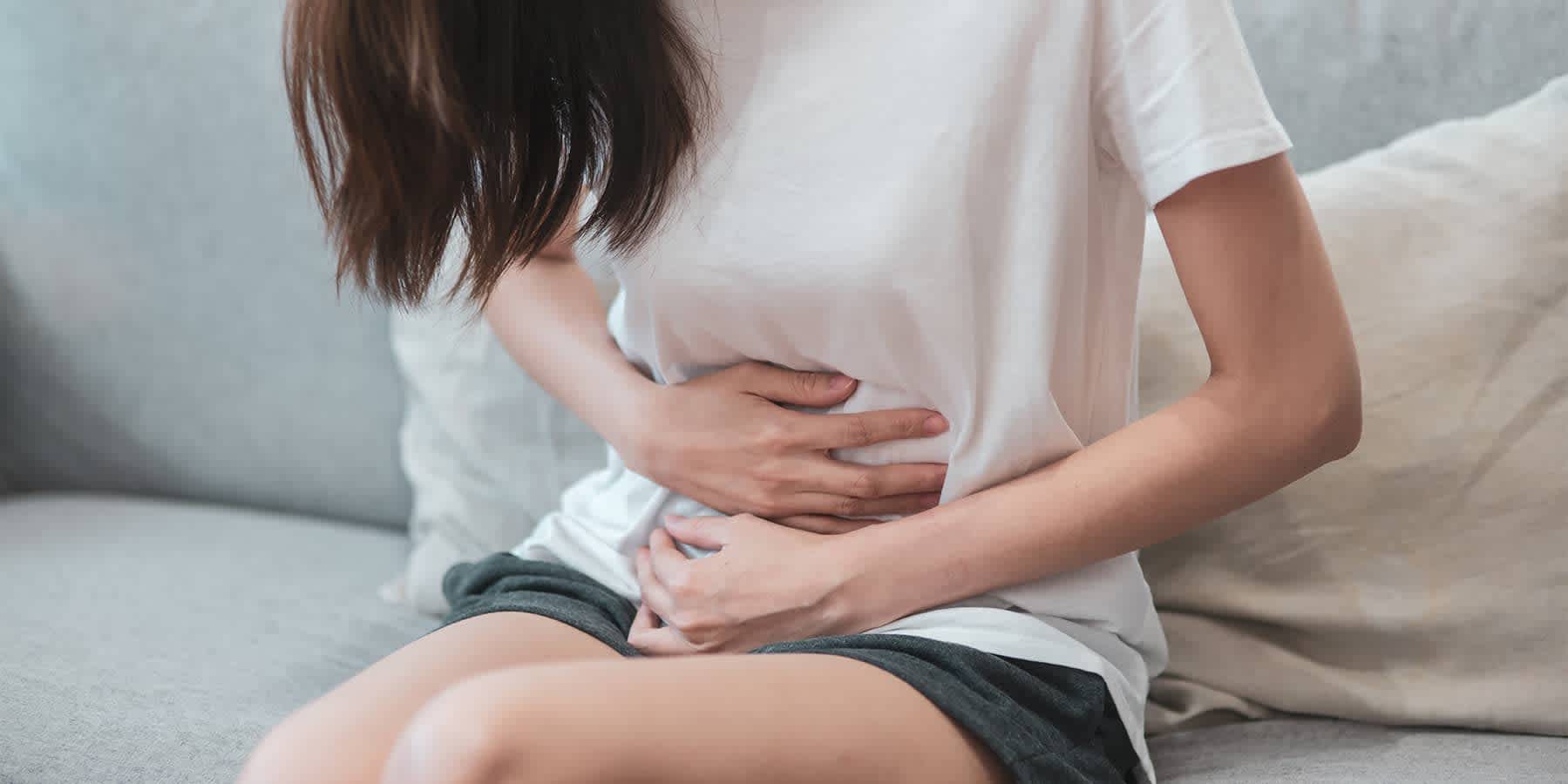
Can You Have Chlamydia and Gonorrhea at the Same Time?
Written on August 20, 2023 by Sendra Yang, PharmD, MBA. To give you technically accurate, evidence-based information, content published on the Everlywell blog is reviewed by credentialed professionals with expertise in medical and bioscience fields.
Table of contents
- Can You Have Chlamydia And Gonorrhea At The Same Time?
- More About Chlamydia
- More About Gonorrhea
- Treatment of Chlamydia and Gonorrhea
- STD Prevention Tips
- Next Steps With Everlywell
- Related Content
Sexually transmitted diseases (STDs) may be more common than you may think. The Centers for Disease Control and Prevention (CDC) estimates that approximately one in five people in the United States are infected with an STD.[1] About 20% of the U.S. population, or close to 68 million Americans, are infected, and 26 million become infected with a new STD in a given year. Chlamydia and gonorrhea are STDs that significantly impact medical costs in the U.S., with $691 million spent annually on costs related to Chlamydia and $271 million spent on gonorrhea.[1]
Can You Have Chlamydia And Gonorrhea At The Same Time?
Chlamydia and gonorrhea are both common STDs.[2] STDs are primarily spread by sexual contact. You can have both chlamydia and gonorrhea at the same time. If you had sexual contact with someone infected with chlamydia, gonorrhea, or both, you could also become infected.[2,3]
More About Chlamydia
Chlamydia is caused by infection with a bacteria, Chlamydia trachomatis.[3,4] Chlamydia is spread through vaginal, anal, or oral sex with an infected person. The CDC reported approximately 4 million chlamydial infections in the U.S. in 2018.
Most of the time, people have no symptoms and no idea they have a chlamydia infection. Modeling studies estimate that only 10% of men and 5% to 30% of women with confirmed chlamydial infection develop symptoms.[4] Symptoms, when present, may include painful urination, frequent urination, and mucopurulent discharge. Chlamydia can lead to pelvic inflammatory disease, infertility, and ectopic pregnancy in women if not treated.
More About Gonorrhea
Gonorrhea is an STD caused by the bacteria Neisseria gonorrhoeae.[5] The CDC reported around 1.6 million new gonococcal infections in 2018 in the US. Gonorrhea is transmitted by sexual contact with the penis, vagina, mouth, or anus of an infected person. Gonorrhea can also be spread from an infected mother to a baby during childbirth.
Gonorrhea is primarily asymptomatic in men and women.[5] Symptoms present in men include painful urination, with or without discharge. In some cases, men with the STD can also report testicular or scrotal pain. Symptoms in women are often mild and mistaken for bladder or vaginal infections. Some initial signs of gonorrhea in women include painful urination, increased vaginal discharge, or vaginal bleeding. Women have an elevated risk of serious complications from gonorrhea, regardless of the symptoms. If gonorrhea is left untreated, it can lead to severe and permanent health issues in men and women, including infertility.[5]
Treatment of Chlamydia and Gonorrhea
Chlamydia and gonorrhea are both treatable with antibiotics and can be cured.[3] The CDC recommends doxycycline taken by mouth for seven days for chlamydial infections in adolescents and adults. Alternative antibiotic regimens for chlamydial treatment are azithromycin or levofloxacin. For gonorrhea infection in adolescents and adults, the CDC recommends an intramuscular dose of ceftriaxone as a single administration. Ceftriaxone is part of the cephalosporin antibiotic class. In gonorrhea, if a chlamydial infection had not been excluded, treatment for chlamydia with doxycycline is also initiated. If a person has an allergy to cephalosporins, alternative regimens with gentamicin plus azithromycin or cefixime by itself are options for gonorrhea.
STD Prevention Tips
There are ways you can help prevent and reduce your chances of getting an STD.[6] The most dependable method to not get infected with an STD is abstinence or avoiding having sex. You can also reduce the number of sexual partners to lower your chances of contracting an infection. Having a mutually monogamous relationship can also reduce your risk. Another way to help prevent STDs is the appropriate and consistent use of male latex condoms. Use a condom whenever you engage in anal, vaginal, or oral sex. If you have a latex allergy, you can use synthetic non-latex condoms, though they have a higher breakage rate compared to plain latex condoms.
The most essential STD prevention tip is to get tested and know your status. [6] Knowing if you have an STD or not will allow you to plan your next steps. If you know your status, you can also begin to understand how you can protect your partner and what treatment is appropriate for you. Your healthcare provider will help you receive the right treatment regimen and provide ways to avoid repeat STD infections.
Next Steps With Everlywell
If you think you have been exposed to chlamydia or gonorrhea, reach out to a healthcare provider. Through Everlywell, you can schedule a virtual STD consult and connect with a healthcare provider in less than 2 hours. You can also take an at-home lab test for chlamydia and gonorrhea. The at-home testing is a convenient and discreet option to help you take care of your sexual health.
Related Content
Is Molluscum Contagiosum An STD?
Sexually Transmitted Infections And Vaccines—It’s Worth A Shot!
References
- At A Glance. Centers for Disease Control and Prevention. https://www.cdc.gov/std/statistics/prevalence-2020-at-a-glance.htm. January 25, 2021. Accessed August 9, 2023.
- STD Diseases & Related Conditions. Centers for Disease Control and Prevention. https://www.cdc.gov/std/general/default.htm. July 7, 2023. Accessed August 9, 2023.
- STI Treatment Guidelines. Centers for Disease Control and Prevention. https://www.cdc.gov/std/treatment-guidelines/toc.htm. July 22, 2021. Accessed August 9, 2023.
- Detailed STD Facts - Chlamydia. Centers for Disease Control and Prevention. https://www.cdc.gov/std/chlamydia/stdfact-chlamydia-detailed.htm. April 11, 2023. Accessed August 9, 2023.
- Detailed STD Facts - Gonorrhea. Centers for Disease Control and Prevention. https://www.cdc.gov/std/gonorrhea/stdfact-gonorrhea-detailed.htm. April 11, 2023. Accessed August 9, 2023.
- How You Can Prevent Sexually Transmitted Diseases. Centers for Disease Control and Prevention. https://www.cdc.gov/std/prevention/default.htm. February 22, 2023. Accessed August 9, 2023.
